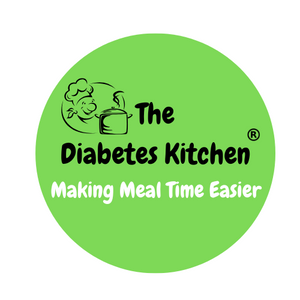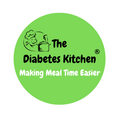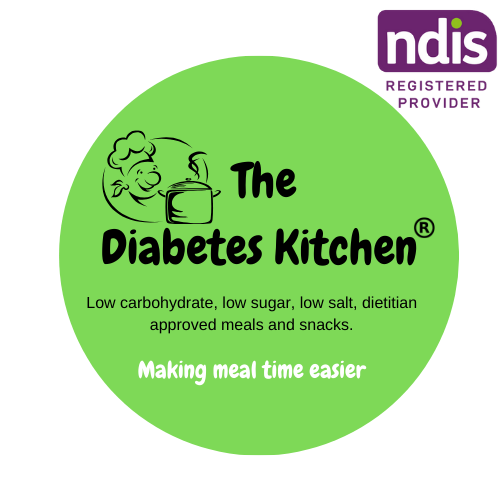Why Gluten-Free and Lactose-Free Diets Are More Than Just a Trend
In today’s health-conscious world, more and more people are turning to gluten-free and lactose-free diets—not for fads, but for serious health reasons. For individuals with food allergies or intolerances, removing gluten or dairy isn’t a lifestyle choice—it’s a necessity.
Whether you’re a support worker, a healthcare provider, or someone exploring allergen-free eating for yourself or your clients, here’s what you need to know about gluten and lactose allergens—and why avoiding them could significantly improve wellbeing.
What Is Gluten—and Why Do People Avoid It?
Gluten is a protein found in wheat, barley, and rye. While it gives bread and baked goods their chewy texture, for some people it causes autoimmune or digestive reactions.
Celiac Disease
For those with celiac disease, even a small amount of gluten triggers the immune system to attack the small intestine. This can lead to:
-
Nutrient malabsorption
-
Chronic fatigue
-
Bloating and abdominal pain
-
Long-term risks like osteoporosis and infertility
There is no cure for celiac disease. A strict gluten-free diet is the only treatment.
Non-Celiac Gluten Sensitivity
Not all gluten-related symptoms mean celiac. Some people suffer from non-celiac gluten sensitivity (NCGS), which causes similar discomforts like bloating, fatigue, and “brain fog”—without the autoimmune damage.
Wheat Allergy
A true wheat allergy involves the immune system and can trigger reactions from hives to anaphylaxis. It is most common in children but can affect adults as well.
What Is Lactose—and Why Do People Go Dairy-Free?
Lactose is the sugar found in milk and most dairy products. People with lactose intolerance lack the enzyme lactase, which breaks down lactose in the digestive system.
Symptoms of lactose intolerance include:
-
Gas and bloating
-
Stomach cramps
-
Diarrhea after consuming dairy
Lactose Intolerance vs. Milk Allergy
Lactose intolerance is not a food allergy—it’s a digestive intolerance. However, a milk allergy is an immune system reaction to proteins in milk, such as casein or whey. Milk allergy is more serious and can result in:
-
Rash or hives
-
Vomiting
-
Anaphylaxis in severe cases
While lactose-intolerant individuals may tolerate small amounts of dairy or lactose-free products, those with milk allergies must completely avoid all milk-based ingredients.
Hidden Allergens: Where Gluten and Dairy Lurk
It’s not always obvious where allergens are hiding. Gluten can be found in:
-
Sauces and gravies
-
Flavored chips
-
Processed meats
-
Certain medications and supplements
Milk or lactose may show up in:
-
Baked goods
-
Salad dressings
-
Breakfast cereals
-
Protein powders
Look for certified gluten-free or dairy-free labels, and always read ingredients carefully.
Why More People Are Choosing Allergen-Free
The demand for gluten-free and lactose-free meals has exploded, especially in Australia and New Zealand where many people live with dietary restrictions due to allergies or digestive issues. Thanks to increased awareness and growing product availability, allergen-free living is now easier and tastier than ever.
Whether you’re shopping for yourself, a loved one, or managing care through the NDIS, allergen-free foods help avoid discomfort, improve digestion, and support long-term health.
Want Support With Gluten-Free or Lactose-Free Eating?
At The Diabetes Kitchen we offer a curated selection of nutritionist-designed, allergy-friendly meals that are:
-
Low in carbs and sodium
-
Conveniently pantry-stored (no fridge required)
-
Ideal for chewing difficulties
-
Pressure-cooked and portion-controlled
-
Fully NDIS-approved for eligible clients
These meals support better blood sugar control, easier digestion, and allergen-free peace of mind—without sacrificing taste.





